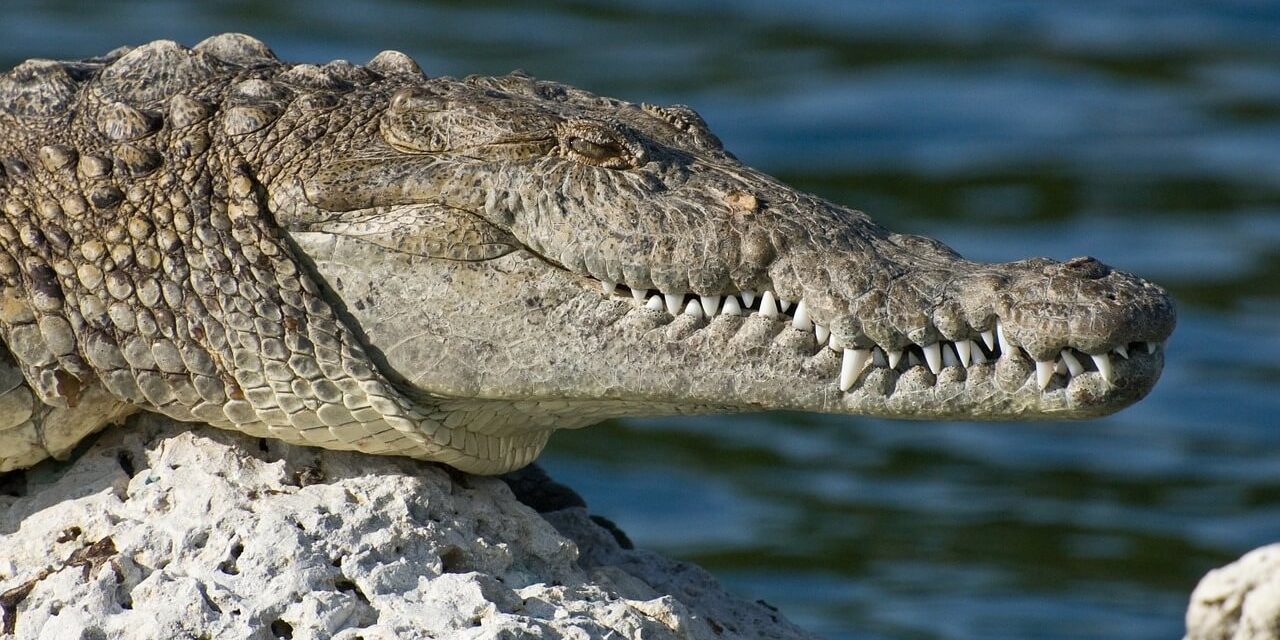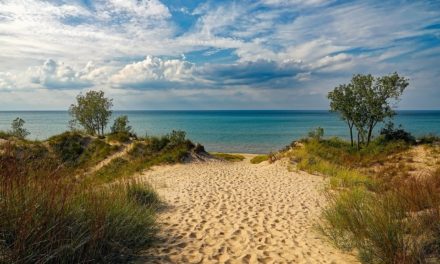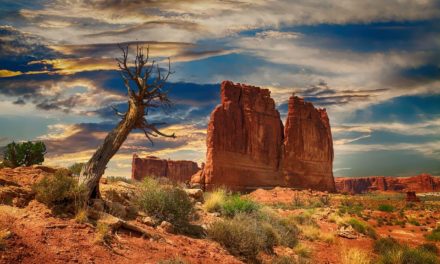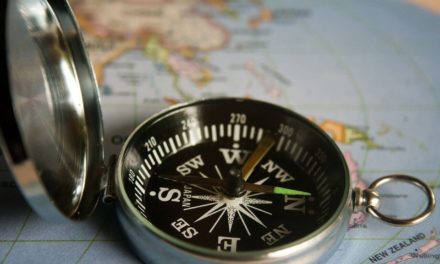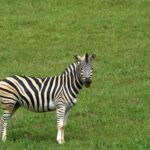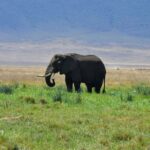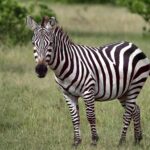Table of Contents
Overview / About the Park
Biscayne National Park sits just south of Miami, Florida, where turquoise waters meet coral reefs, mangroves, and islands that protect the coast.
About 95% of the park is underwater, making it a world of marine life, shipwrecks, and seagrass meadows.
It’s part of the Florida Keys ecosystem and protects one of the world’s longest coral reef systems.
Visitors come here to explore the quiet side of South Florida, away from the city crowds, where the ocean still feels wild and alive.
Wildlife & Nature
Biscayne is home to an incredible range of sea life. You might spot manatees, sea turtles, dolphins, and colorful reef fish like angelfish and parrotfish. The mangrove forests shelter wading birds, while coral reefs host hundreds of marine species. Endangered species such as the American crocodile and West Indian manatee depend on the park’s healthy ecosystems. The mix of coral reefs, keys, and coastal wetlands makes Biscayne one of the most biologically rich marine parks in the U.S.Experiences & Activities
- Snorkeling & Scuba Diving: Explore vibrant coral reefs and the Maritime Heritage Trail, a route linking shipwrecks from the 1800s to the early 1900s.
- Boating & Kayaking: Paddle through mangrove tunnels or boat out to Boca Chita Key, a small island with a picturesque lighthouse and picnic areas.
- Wildlife Watching: Look for manatees near the visitor center and dolphins in Biscayne Bay.
- Ranger Programs: Guided boat tours and eco-excursions teach about reef ecology and park history.
- Fishing: Sportfishing is allowed in designated zones, following park rules.
Best Time to Visit
The best months to visit are December through April, when weather is dry and calm, and visibility for snorkeling is excellent.
Summer (June to September) brings warm water but also higher humidity, thunderstorms, and potential hurricanes.
Winter is perfect for boating, diving, and photography, with gentle breezes and fewer bugs.
How to Reach & Park Entry
- Location: Just 35 miles south of downtown Miami, Florida.
- Nearest airport: Miami International Airport (MIA), about an hour’s drive.
- Access: The park’s Dante Fascell Visitor Center in Homestead is the main gateway; boat tours depart from there.
- Entry fee: Free, but boat tours, guided dives, and camping on the keys may have separate fees.
Where to Stay / Camping Options
There are no hotels inside the park, but you can camp on two islands, Boca Chita Key and Elliott Key.
- Boca Chita Key: Known for its small harbor, lighthouse, and scenic picnic spots.
- Elliott Key: Offers more rustic camping with restrooms and nature trails.
- Both are only reachable by boat.
- For comfort stays, nearby Homestead and Key Largo offer hotels, guesthouses, and RV parks.
Travel Tips / Safety Notes
- Weather can change fast, check forecasts before boating.
- Bring reef-safe sunscreen to protect marine life.
- Always wear a life jacket when kayaking or boating.
- Mosquitoes can be active, especially in summer, pack repellent.
- Cell service is limited on the water, so plan ahead.
- Respect coral reefs, never touch or stand on them.
Packing List
- Swimsuit and quick-dry clothing
- Reef-safe sunscreen and hat
- Snorkel or dive gear (or rent locally)
- Water shoes or sandals
- Waterproof dry bag for electronics
- Plenty of drinking water and snacks
- Bug repellent
- Lightweight rain jacket (summer)
- Camera or GoPro for underwater shots
Visitor Statistics
Biscayne National Park sees around 700,000 visitors each year, with most visiting between December and April.
Many come for a day trip from Miami, though overnight camping and snorkeling tours are increasingly popular.
Conservation & Responsible Tourism
Biscayne protects fragile coral reefs and seagrass beds that are vital to ocean health.
Visitors can help by:
- Using reef-safe sunscreen and avoiding single-use plastics.
- Not touching coral or feeding fish.
- Respecting speed zones to protect manatees and sea turtles.
- Supporting conservation programs through the park or local guides.
Every small action helps preserve this rare underwater world, where Florida’s wild heart beats beneath the waves.

